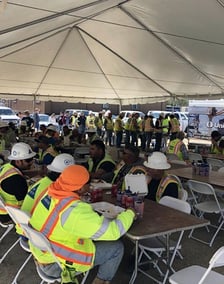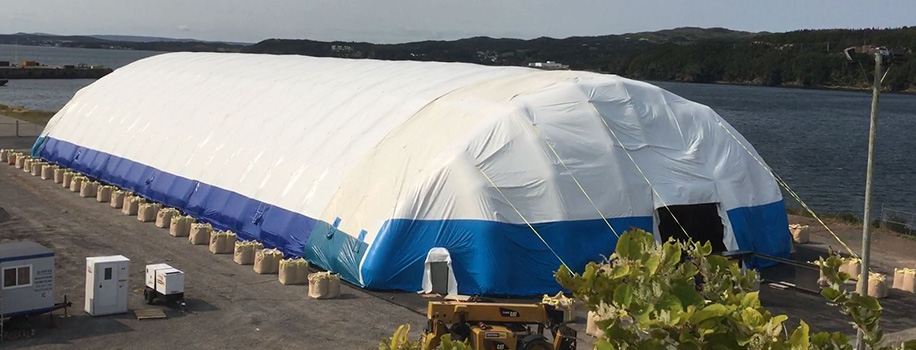The right tents can offer numerous safety benefits during a turnaround. Here's what you can expect in the way of protection.

A turnaround is an essential yet stressful event. Temporary contractors are on site, plant operations are put on hold and there’s pressure to achieve deadlines. The commotion may last for days, weeks or even months, depending on the operation’s size.
Safety is a priority even during the urgency of a turnaround, as the work often exposes personnel to a diversity of threats. Deploying industrial tents is one way to help ensure worker safety amid worksite hazards.
Let’s explore the benefits of using an industrial tent to support a turnaround.
Industrial Tents Offer Significant Onsite Protection
Turnaround (TAR) events are synonymous with risk management—especially for the petrochemical and oil and gas industries, as well as many others that intensely focus on mitigating safety hazards. The threats workers face are particular to each TAR event but typically include:
- Explosion and/or fire
- Contact with chemicals
- Physical and mental fatigue
- Exposure to the elements
As you know, turnarounds are time sensitive, and tasks must be completed on schedule. But more important than pace is protecting workers from hazards, which could mean distancing employees from dangerous areas.
Depending on their assigned tasks your people may have to walk across the plant or worksite to find a place to rest outside a potential danger zone. Covering this distance slows down the progress of a turnaround.
Is it possible to balance efficiency and safety? Of course!
Industrial tents let you set up a temporary space inside or outside dangerous areas. The tent protects people and equipment from the effects of a potential incident, offering safety when and where employees need it the most.
Tough Against Fire, Wind and Shockwave
Industrial tents come in a variety of shapes, sizes and designs.
The toughest tents are blast-resistant and deflect shockwaves up and away from the shelter's interior. They will also withstand hurricane-level winds, and even offer temperature control in extremely hot or cold environments.
Easy Transport and Quick Deployment
Many large, sturdy industrial tents can be installed on a temporary or long-term basis but are still light enough to transport with a forklift. Depending on the model, these tents can deploy in less than two minutes.
The Right Tent Will Shield Your Workers
Choosing an industrial tent with the correct safety features for your TAR event is essential. Here are the two major types of industrial tents used in turnarounds.
Blast Resistant Air Shelters
Blast resistant air shelters are inflatable structures engineered to meet API 756 requirements, including withstanding explosion-induced shock waves and extreme heat.
The industrial tent air shelter consists of three parts:
- Interior shell, or curtain, assembly
- Leg main assembly to provide structural support
- Exterior shell, or fly-main assembly, which covers the structure’s outside
An inflatable blast resistant air shelter protects workers inside or outside a blast zone. It can be used for various purposes, such as a cafeteria, break room, change house, medical or training facility.
Frame Tents
The rigid structure supporting an industrial frame tent makes it a flexible, sturdy solution for worker safety during a turnaround. Nearly any foundation can accommodate a frame tent, whether asphalt, soil or sand.
A frame tent is also called a clear span industrial tent, as its fixed skeleton provides structural support from the edges without needing center poles. This design maximizes the tent’s usable interior area.
The weatherproof sidewall options allow you to adapt a frame tent to your site conditions. Rain gutters and PVC walls protect against harsh weather, and climate control solutions, such as air conditioning and heating, maximize comfort for workers. An industrial frame tent can take on different interior configurations, such as meeting rooms, offices or laboratories.

